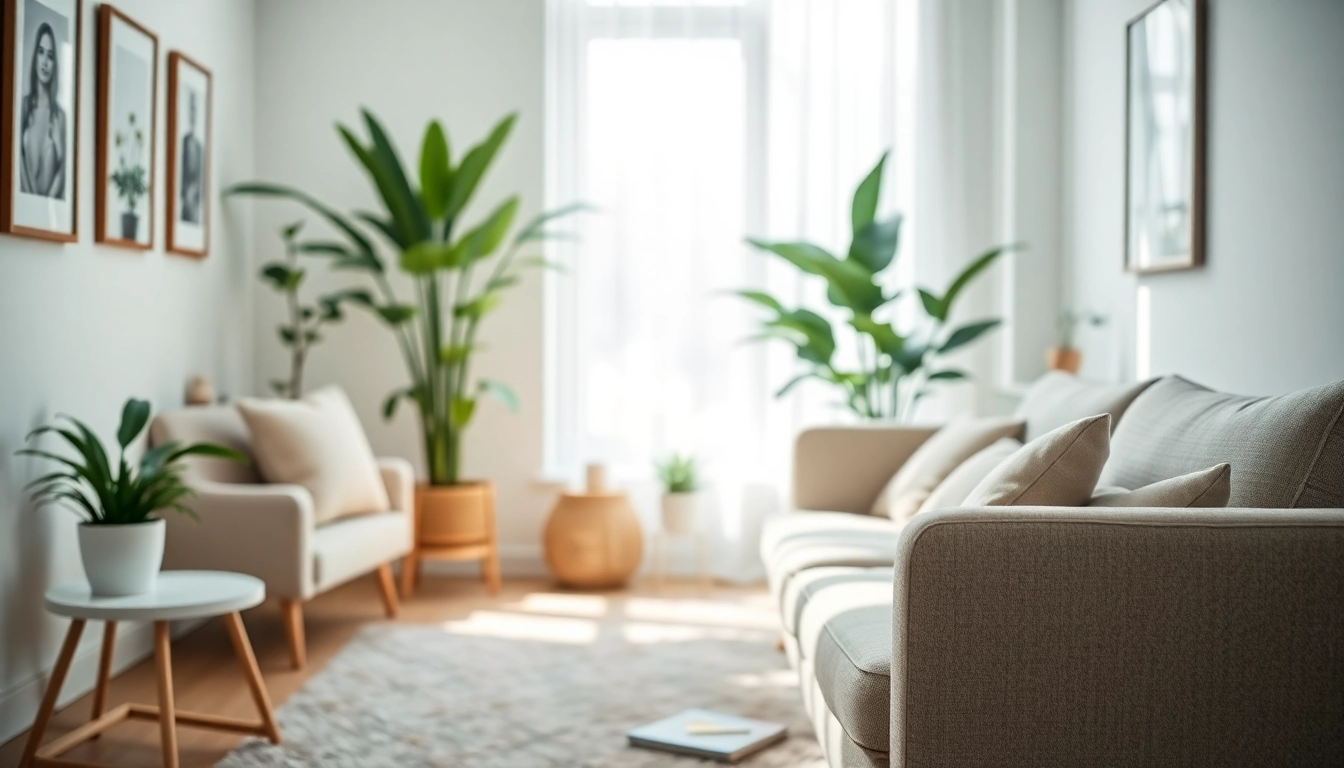Understanding Anxiety: The Basics
What is Anxiety?
Anxiety is a natural response to stress, characterized by feelings of worry, fear, and apprehension. It plays a crucial role in helping individuals recognize potential dangers, prompting them to take action in threatening situations. However, when anxiety becomes excessive or persistent, it can interfere with daily life and well-being. It can manifest in various forms, including generalized anxiety disorder (GAD), panic disorder, and social anxiety disorder.
Common Causes of Anxiety
Anxiety can stem from a variety of sources, both external and internal. Common triggers include:
- Stressful life events: Major changes, such as moving, changing jobs, or experiencing a loss, can trigger anxiety.
- Genetics: A family history of anxiety disorders may increase one’s risk.
- Brain chemistry: Neurotransmitter imbalances can contribute to anxiety disorders.
- Childhood experiences: Early exposure to trauma or dysfunction in the home can lead to increased susceptibility to anxiety.
- Health conditions: Issues such as chronic illness or hormonal changes can trigger or exacerbate anxiety.
The Effects of Anxiety on Daily Life
Anxiety affects individuals on both emotional and physical levels. It can lead to:
- Difficulty concentrating and making decisions
- Sleep disturbances, including insomnia
- Physical symptoms like increased heart rate, headaches, and gastrointestinal problems
- Social withdrawal and avoidance behaviors
- Impaired work performance and academic difficulties
Understanding these effects is critical for fostering a path toward managing and overcoming anxiety.
Identifying Symptoms of Anxiety
Physical Symptoms
Physical manifestations of anxiety can vary widely and may include:
- Rapid heartbeat
- Shortness of breath
- Sweating and trembling
- Increased muscle tension
- Nausea or digestive issues
Emotional and Behavioral Symptoms
In addition to physical symptoms, anxiety can also lead to emotional and behavioral changes such as:
- Heightened irritability or restlessness
- Intrusive thoughts or a constant sense of worry
- Difficulty experiencing pleasure
- Social anxiety or avoidance of social situations
When to Seek Professional Help
If anxiety becomes overwhelming or begins to significantly impair daily functioning, it may be time to seek professional help. Indicators include persistent feelings of anxiety lasting more than six months, avoidance of everyday situations, or thoughts of self-harm. Foundational support through therapy or medication can greatly enhance one’s quality of life.
Practical Tips for Dealing with Anxiety
Mindfulness and Relaxation Techniques
Mindfulness practices can significantly help in managing anxiety levels. Techniques such as:
- Deep Breathing: Focusing on taking slow, deep breaths can calm the nervous system.
- Meditation: Regular meditation can enhance self-awareness and promote emotional health.
- Yoga: This combines physical movement, meditation, and breathing exercises to reduce stress.
Engaging in these practices regularly can cultivate a sense of calm and control over anxious feelings.
Physical Activity and Healthy Lifestyle Choices
Regular exercise is a potent remedy for anxiety. Engaging in activities like walking, running, or swimming for 30 minutes several times a week yields substantial mental health benefits. Additionally, making healthy lifestyle choices such as:
- Maintaining a balanced diet
- Limiting caffeine and alcohol consumption
- Prioritizing sleep hygiene
can further mitigate symptoms of anxiety and enhance overall well-being.
Journaling and Self-Reflection
Writing down thoughts and feelings can provide clarity and context for anxious thoughts. Journaling allows individuals to:
- Track anxiety triggers and responses
- Identify patterns in thoughts and behaviors
- Practice gratitude by reflecting on positive experiences
This form of self-reflection can support improving mental health by helping individuals gain insights into their emotional landscape.
Professional Treatments for Anxiety
Cognitive Behavioral Therapy (CBT)
Cognitive Behavioral Therapy (CBT) is one of the most effective forms of psychotherapy for treating anxiety disorders. This evidence-based approach focuses on identifying and changing negative thought patterns and behaviors. CBT typically involves:
- Identifying distortions: Recognizing negative thinking patterns that contribute to anxiety.
- Challenging beliefs: Learning to question non-constructive thoughts and replace them with more balanced perspectives.
- Developing coping skills: Equipping individuals with practical strategies to handle anxiety-provoking situations.
Medications and Their Use
In some cases, medications can be beneficial for managing anxiety. Common medication types include:
- Selective Serotonin Reuptake Inhibitors (SSRIs): Often prescribed as a first-line treatment for anxiety disorders.
- Serotonin Norepinephrine Reuptake Inhibitors (SNRIs): These may be effective for both anxiety and depression.
- Benzodiazepines: Typically utilized for short-term management due to their potential for dependence.
Consultation with a healthcare professional can help determine if medication may be a suitable option.
Support Groups and Community Resources
Connecting with others facing similar challenges can alleviate feelings of isolation. Support groups or therapy groups provide a space for sharing experiences and coping strategies. Utilizing resources offered by local community organizations or online platforms can also enhance support networks.
Living Well with Anxiety: Long-Term Strategies
Building a Support Network
A robust support network is a cornerstone of managing anxiety. Friends, family, and peers can offer encouragement and validation through difficult times. Building and strengthening these relationships can involve:
- Communicating openly about feelings and experiences
- Participating in community activities or groups
- Engaging in mutual support, where individuals can share coping strategies
These connections create a safety net during moments of crisis.
Setting Realistic Goals and Expectations
Setting achievable goals is fundamental in combating anxiety. Breaking tasks into smaller, manageable steps can prevent feelings of overwhelm. Techniques like SMART goals (Specific, Measurable, Achievable, Relevant, Time-bound) can guide individuals in establishing clear expectations for themselves.
Continuing Education on Mental Health
Developing knowledge about mental health can empower individuals in their journey to manage anxiety. Reading books, attending workshops, or utilizing online resources related to mental health can provide valuable insights and strategies. Staying informed about the latest research trends can also lead to discovering new coping methods, including those outlined in articles on dealing with anxiety.
